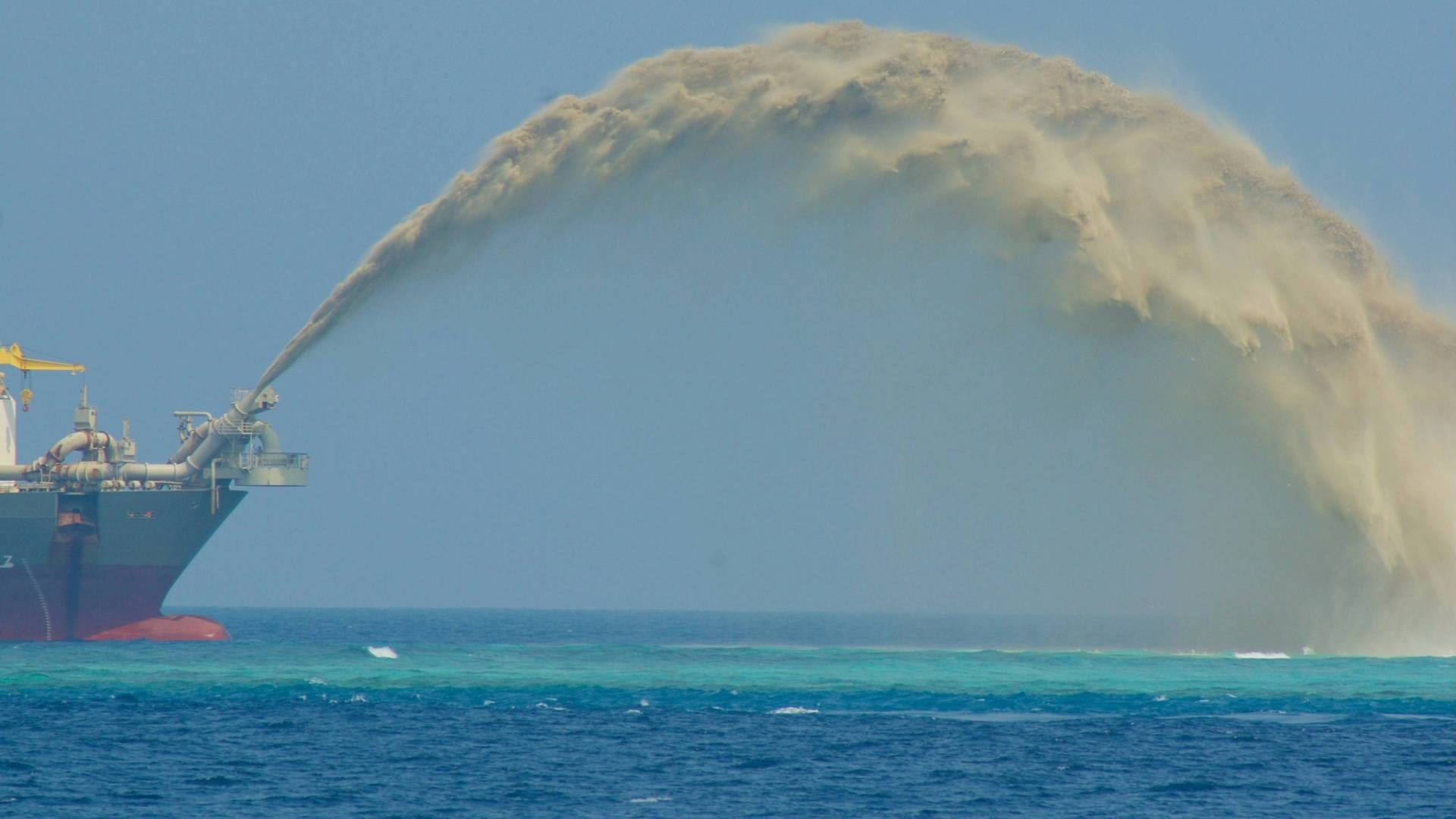Introduction
The U.S. Army Corps of Engineers (USACE), St. Paul District, has released a draft Environmental Assessment (EA) for a proposed ecosystem restoration project at Johnson Island in Trempealeau County, Wisconsin. The project, located in Pool 6 of the Upper Mississippi River between river miles 716 and 718, aims to address the significant degradation of backwater and floodplain forest habitat. This strategic initiative incorporates island dredging and other restoration measures to enhance ecological conditions, particularly for aquatic species and native vegetation.
Understanding the Need for Restoration
Backwater habitats are critical components of river ecosystems. These areas offer essential refuge, spawning grounds, and overwintering zones for fish and other aquatic organisms. Over time, however, the quality and quantity of these habitats have declined due to sedimentation, erosion, and increased river flows. In the case of Johnson Island, the constant influx of water from a nearby side channel, combined with sediment buildup, has led to the deterioration of the island’s ecological health.
The draft EA outlines the challenges facing the area, including shoreline erosion and reduced water depth due to sediment accumulation. These conditions have impaired fish habitat, disrupted wetland function, and made the island more vulnerable to flooding and further loss. Without intervention, Johnson Island’s backwater ecosystem would continue to degrade, resulting in negative consequences for wildlife and water quality.
The Role of Dredging in Restoration
At the core of the Johnson Island restoration plan is dredging—a process that involves the removal of accumulated sediments from the riverbed to restore water depth and flow patterns. The project proposes island dredging across approximately 66 acres of backwater and floodplain forest habitat. This action is designed to re-establish aquatic connections, reduce sediment loading, and improve habitat quality.
By removing excess sediment, dredging will deepen channels and create more stable overwintering habitats for fish. These deeper waters will provide thermal refuge during winter months, supporting species survival through harsh seasonal conditions. Dredging also promotes better water circulation, helping to improve oxygen levels and reduce the likelihood of stagnation.
In addition to improving aquatic environments, island dredging contributes to overall river health by enhancing sediment transport and reducing the risks of channel blockage.
Additional Restoration Components
Beyond dredging, the Johnson Island restoration project includes a suite of complementary strategies aimed at stabilizing and rejuvenating the ecosystem. One of the key features is the construction of a rock sill—a low barrier designed to control water flow and reduce current velocity into the backwater area. By slowing the inflow, the rock sill will help prevent further erosion and sediment intrusion, making dredging efforts more sustainable over time.
Other measures include:
- Shoreline Stabilization: Reinforcing eroded banks with natural materials to prevent future land loss and improve habitat for shore-dependent species.
- Upland Thin Layer Placement: Adding a thin layer of dredged material to raise the elevation of degraded floodplain forest, encouraging native vegetation growth.
- Marsh Excavation: Creating shallow marsh areas to enhance wetland diversity and improve habitat for amphibians, birds, and aquatic plants.
These combined efforts represent a holistic approach to ecosystem restoration, addressing both physical and biological aspects of river health.
Project Timeline and Public Engagement
According to the USACE, construction of the proposed Johnson Island restoration actions is scheduled to take place over two seasons beginning in 2028, depending on available funding. This will be followed by at least one year of vegetation plantings to ensure the establishment of native species and long-term ecological resilience.
Public participation is an integral part of the planning process. The Corps is actively seeking input on the draft Environmental Assessment, encouraging local communities, stakeholders, and environmental organizations to provide comments. Feedback will help refine the final plan and ensure that restoration goals align with environmental protection standards and community priorities.
Environmental and Community Benefits
The restoration of Johnson Island through strategic dredging and ecosystem engineering will offer numerous environmental benefits. Improved backwater habitat will enhance biodiversity, support fish populations, and strengthen the resilience of floodplain forests and wetlands. These outcomes also contribute to the larger goals of the Upper Mississippi River Restoration Program, under which this project is being proposed.
From a community perspective, restored habitats can improve recreational opportunities such as fishing, birdwatching, and boating. Healthier river systems also help maintain water quality and reduce the risks of flood damage—key concerns for residents living near the Mississippi River.
Conclusion
The Johnson Island project represents a forward-thinking effort to revitalize degraded river habitat using time-tested methods like island dredging and shoreline stabilization. By restoring 66 acres of vital backwater and forested floodplain, the initiative will improve ecological integrity and strengthen the resilience of Pool 6 in the Upper Mississippi River.
As the project moves forward, public engagement and strategic implementation will be essential to its success. Through careful planning, collaboration, and the effective use of dredging, Johnson Island may soon thrive once again as a haven for wildlife and a valuable part of the Mississippi River ecosystem.
